Canning is a pretty efficient way to keep food on hand for months or even years, and a lot of us rely on home-canned goods to stock up our pantries. But here’s something not everyone tells you: some foods just don’t work with canning. Sometimes, they go bad fast or become unsafe, opening the door to dangerous bacteria. I’m going to walk you through the main foods you should skip when it comes to canning and share the reasons behind it.

Why Certain Foods Don’t Belong in Your Canning Jars
Knowing what food not to can is just as important as learning how to can in the first place. Some foods carry a much higher risk of going bad or even making you seriously sick when canned, mainly because they’re either too dense, too fatty, or simply not able to reach the heat needed to kill harmful bacteria during canning. Botulism, a rare but dangerous illness, is the big worry here. It loves hiding in low-acid, oxygen-free, and moist environments.
Professional canning guidelines from the USDA and National Center for Home Food Preservation are clear on what works and what doesn’t. Ignoring those guidelines means taking unnecessary risks with your health, especially if you share those jars with others.
The 10 Foods You Should Never Can (and Why)
I’ve pulled together a list based on expert advice and real-world experience. I’ll spell out not only the what, but the why, so you’ll know exactly why keeping these out of your canning projects is a smart move.
- Dairy (Milk, Cream, Cheese, Butter)
Dairy products are just not safe for home canning. Their thickness and high fat content make it nearly impossible for heat to reach the center of the jar. Even pressure canning can’t make it safe. You’ll end up with off-flavors, separation, and a high risk of botulism. This applies to both full-fat and reduced-fat options. - Eggs (Raw or Cooked)
Eggs have a similar problem to dairy. They’re way too dense and the proteins don’t hold up well to the heat of canning. This leads to funky texture, and bacteria can survive in the jar. That old trick of pickling eggs is about storing them in vinegar, not actually canning them. There’s a big difference. - Thickened Foods (Cornstarch, Flour, RouxBased Soups or Gravies)
Once you add thickeners like flour, cornstarch, or a roux, the product gets too dense. Dense foods prevent heat from circulating, so the inside of the jar might not reach a high enough temperature to kill bacteria. If you want to make soup or stew for canning, skip the thickeners and add them after opening the jar. - Pureed Pumpkin or Winter Squash
Pureeing pumpkin or squash and then canning it changes the texture and thickness so much that heat can’t get to the center during pressure canning. According to the USDA, it’s only safe to can pumpkin in cubes, not as a puree. The safe option is freezing your purees instead of canning them. - Rice, Pasta, and Other Grains
Rice, pasta, and grains like barley swell and soak up liquid, making for a mushy, uneven texture. They also make it hard for heat to reach all parts of the jar, increasing the odds of bacteria sticking around. Best plan: cook and add them in when you open your home-canned veggies or soup bases. - Refried Beans or Mashed Beans
Like pumpkin puree, mashed or refried beans create a dense texture that’s a problem for heat. Beans are safe to pressure can when whole (and fully cooked), but never mashed. - Fatty Meats (Ground Meats, Sausage, Bacon)
Fat doesn’t can well. It insulates bacteria from the heat, so even a pressure canner can’t guarantee safety. High fat meats can cause the fat to seep out and form a layer at the top. This leads to spoiled food and possible botulism risks. - Butter-Based Sauces, Hollandaise, or Mayonnaise
Sauces with lots of butter, oil, or eggs are breeding grounds for bacteria when canned. Once again, fat and thick textures block even heating. These are far too risky and should always be stored in the fridge or made fresh. - Avocado
Avocado is both high in fat and quick to spoil, even in the fridge. It browns and picks up unpleasant flavors when canned and doesn’t reach safe temperatures inside. You’re better off freezing guacamole. - Pesto or Any Sauce with Lots of Oil
Pesto has lots of oil and nuts, which make it far too dense for safe heat penetration. Oil can also cause the jar to not seal properly, leaving your food open to spoilage or bacterial growth. The freezer is the best spot for homemade pesto.
Each of these foods is popular, but not one of them is worth risking your health for by home canning. If you see someone online recommending otherwise, it might be time to step back and do some fact-checking (the National Center for Home Food Preservation has a great site for this).
Common Questions About Food Safety and Canning
People often ask if specific foods are safe to can, or if there are common foods to remove from their diets for health overall. Frequently, this overlaps a bit with canning safety and basic heart health guidelines from medical professionals.
What are 10 risky foods right now?
Along with the foods listed above, other high risk foods (in general, not just for canning) include deli meats, processed snack mixes, store bought mayonnaise, prepackaged salads, undercooked poultry, oysters, imported cheeses, unpasteurized juices, raw sprouts, and smoked fish (if not handled properly). These foods can be risky if mishandled, stored incorrectly, or if you have a weaker immune system.
What foods should never be canned?
The 10 foods I listed—dairy, eggs, thickened foods, pureed squash, grains, mashed beans, fatty meats, butter sauces, avocado, and pesto—are best left out. The science just doesn’t support safe home canning for them. For the most current list and guidelines, check out the National Center for Home Food Preservation.
What are three foods cardiologists say not to eat?
Most cardiologists warn against foods that are super high in salt, sugar, or saturated fats. Three popular foods they often recommend cutting out or really reducing are:
- Bacon and processed meats. These are loaded with sodium and unhealthy fats.
- Sugary sodas and energy drinks. They spike blood sugar and do a number on your heart.
- Packaged baked goods like donuts, cakes, and pastries. These combine refined carbs, added sugars, and unhealthy oils into one not-so-great package.
What’s the one food we should all stop eating?
This seems to come up a lot, and while answers differ among experts, trans fats often get singled out. You’ll find them in things like margarine, packaged snacks, and fast food, even though they’re getting phased out. Trans fats are strongly linked to bad cholesterol and heart problems. Double check ingredient labels for “partially hydrogenated oils”. Avoiding these makes a pretty big difference.
Extra Tips for Safe Home Food Storage
Staying safe goes beyond just canning. Here are some things I always keep in mind when I’m stocking the pantry or preserving foods at home:
- Stick with tested recipes from trusted sources. Websites run by universities or large organizations are best.
- Label everything. Jars need a clear date and description. That way, you know what you’re opening later.
- If it smells or looks off, toss it. No second guessing.
- Store canned foods in a cool, dark, dry place. Sunlight and temperature swings speed up spoilage.
- Rotate your stock. Eat older jars first and always put the newest ones at the back.
Keep an eye out for bulging lids, broken seals, or food that’s changed color. These are clear warning signs that your canned goods aren’t safe to eat.
RealWorld Examples and Preserving Smarts
Plenty of home cooks have found out the hard way that canning thick or fatty foods quickly leads to disaster. I know a friend who tried to can some creamy broccoli soup (full of cheese and flour) and ended up tossing everything. Not even the dog wanted it after two weeks. Meanwhile, sticking with classic salsa, tomato sauces, jam, and canned veggies never gives me problems.
If you’re set on preserving something that’s not safe for canning, freezing is usually a safer bet and keeps the taste and texture better, too. I freeze my homemade hummus, pesto, and blended soups in small containers. It’s quick, safe, and just as handy when you need a meal.
Sometimes, switching up your preserving method is all it takes to keep your food fresh and tasty. Drying, fermenting, or vacuum-sealing (for appropriate foods) can be good alternatives as well. For example, I also dehydrate fruit for snacking and sometimes make sauerkraut instead of canned cabbage. These methods step up shelf life without introducing the same risks as unsafe canning.
Frequently Asked Questions
Q: Can I pressure can leftover takeout or restaurant meals?
A: Home canning random leftovers isn’t safe, especially since you can’t be sure of all the ingredients (hidden thickeners, dairy, oil). Stick to tested recipes instead.
Q: What about canning smoothies or green juices at home?
A: Juicing and blending lower foods’ acidity and add air, which isn’t a good combo for safe home canning.
Q: Is there a safe way to can sauces with cheese or cream?
A: There’s no home canning method that makes dairybased sauces safe. Make those sauces fresh or freeze them for later.
Smart canning is basically about knowing which foods work and which don’t, plus following up-to-date safety advice. Once you know what to avoid, the rest of home food preservation becomes more straightforward and a lot more delicious and safe.
© 2025, Teresa. All rights reserved.
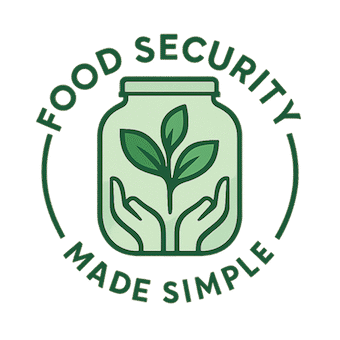
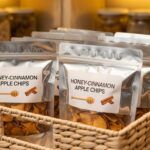
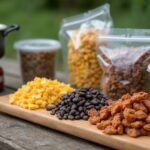



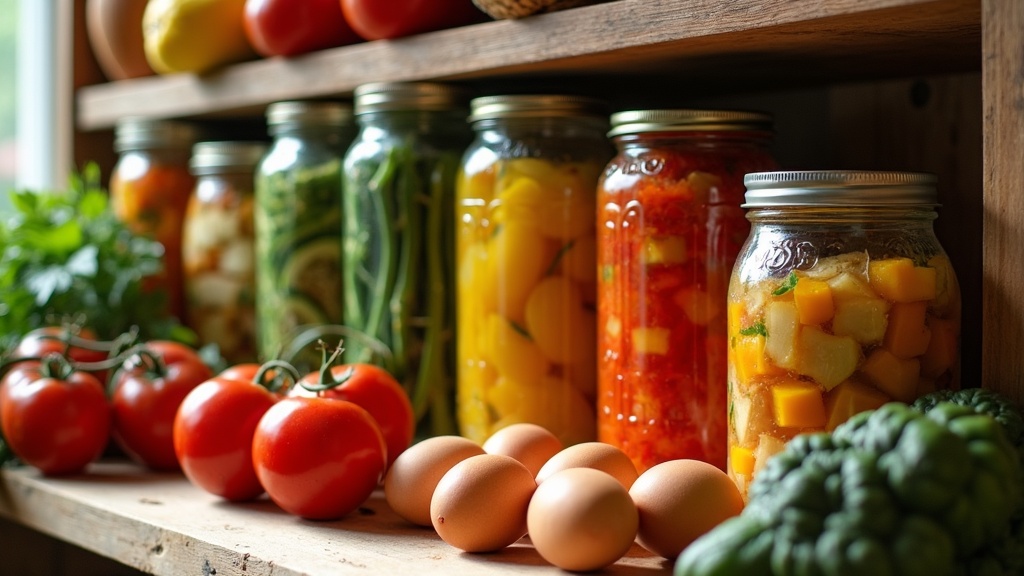
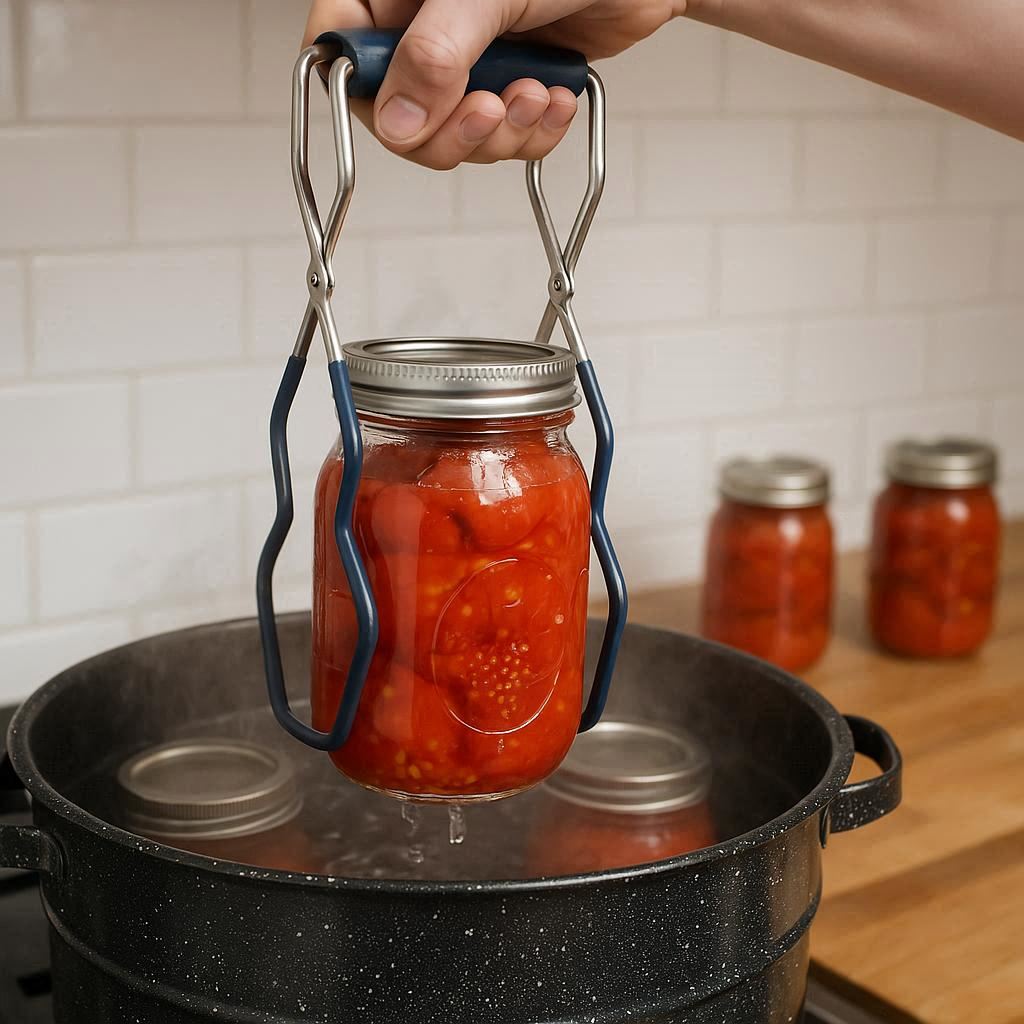
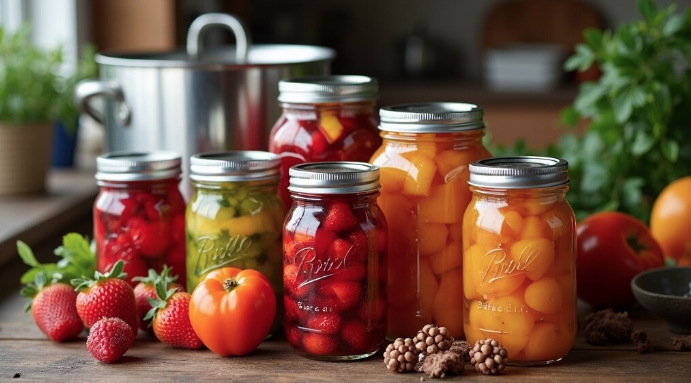
Hey,
This is such an informative article as the foods you describe that shouldn’t be canned, a lot are canned.
I’m going to share this article with chef friends and family and see what they think.
I’ll encourage them to comment and if they have any questions then they should get in touch with you, if that is OK?
Thank you for sharing and keep up the great work.
All the best,
Tom
Hi Tom,
Thanks so much! I’d love to hear what your chef friends and family think. They’re more than welcome to comment or reach out with any questions. Appreciate your support!
All the best,
Teresa